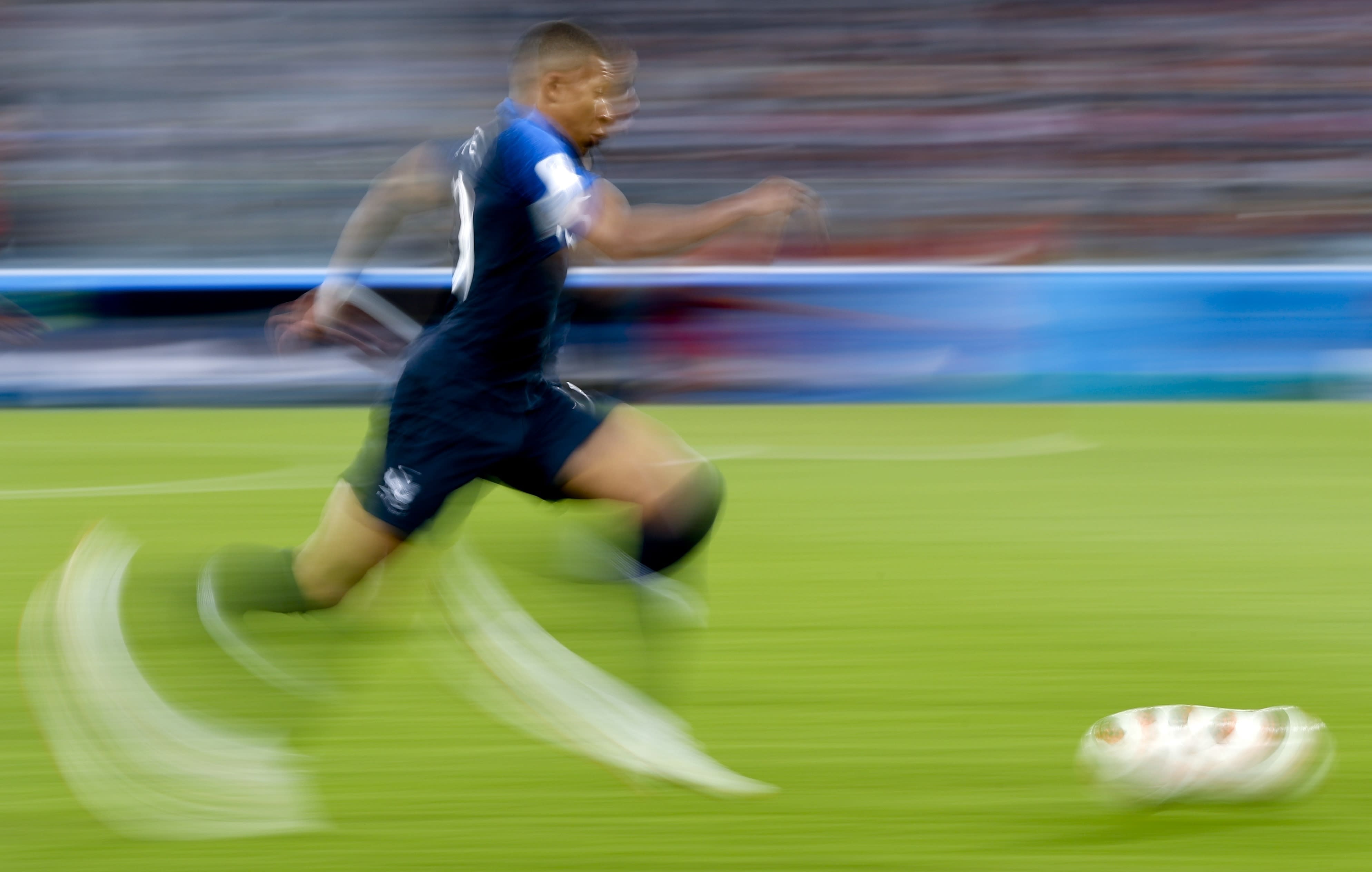Hey folks. welcome back to Photography for Beginners!! Let's talk today about Shutter Priority mode.
Shutter Priority mode is a tool used to isolate each element of the exposure triangle and learn how to use them. One of those modes is the Shutter priority mode. This mode is marked on the dial of your camera with the letter S, or in some cameras, Tv. When you use shutter priority mode, you are taking control only of Shutter priority mode, and giving the camera control of ISO and Aperture.
When and Where should it be used??
To understand when and where should this be used, we need to take a look at the basics. We know that Shutter speed controls motion blur. The higher the number, the less motion blur, and vice versa. By this, we can tell that we have to use shutter priority in cases of moving objects. Some examples would be Sports photography, Bird photography, etc.

Here you can see that Shutter speed is not high enough, which causes motion blur.

This is another shot where you can tell there is no motion blur, meaning that the Shutter Speed is high.
One of the biggest pros of Shutter priority is that you don't need to worry about messing up your Exposure as the camera will automatically balance it out, but you do need to be careful about not messing with it too much (!) as it can mess up the focus or cause digital noise. So go ahead and have fun, but don't mess up your aperture or ISO settings, while having fun with your camera!!!
With that being said and done, let's leave the blog here. More coming out shortly. So stay tuned!!
Comments
Post a Comment